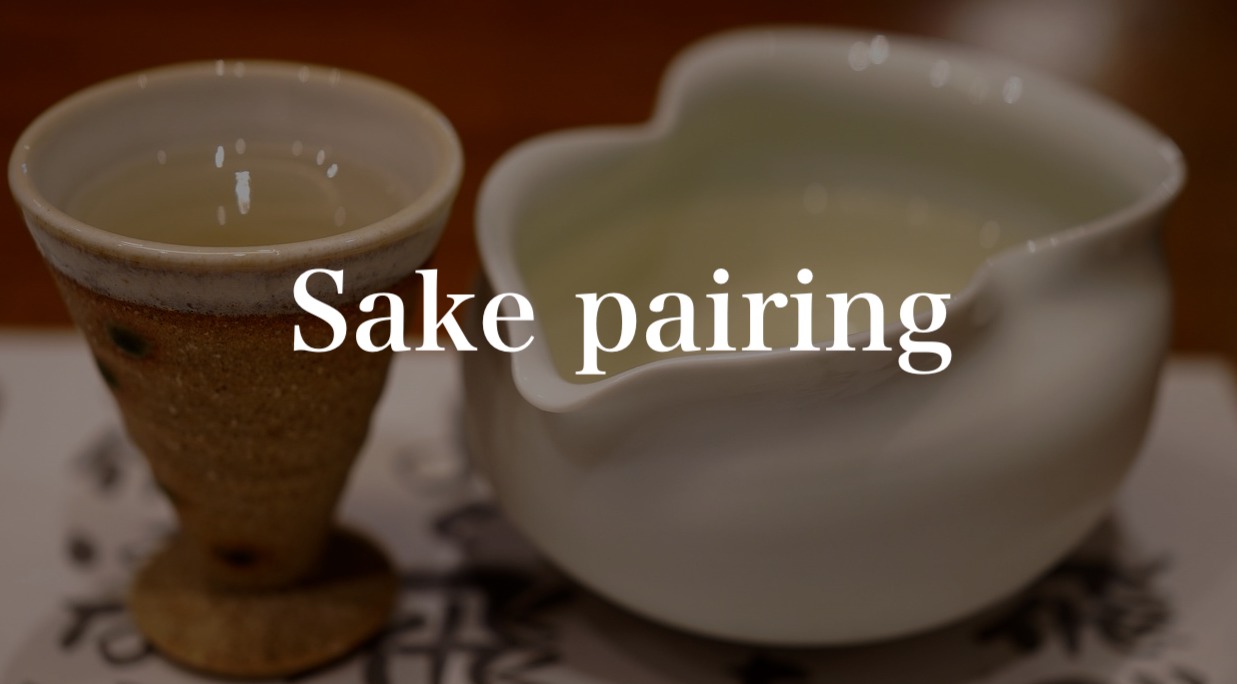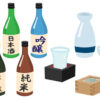Explaining sake pairing by type! Introducing specific examples and recommended dishes
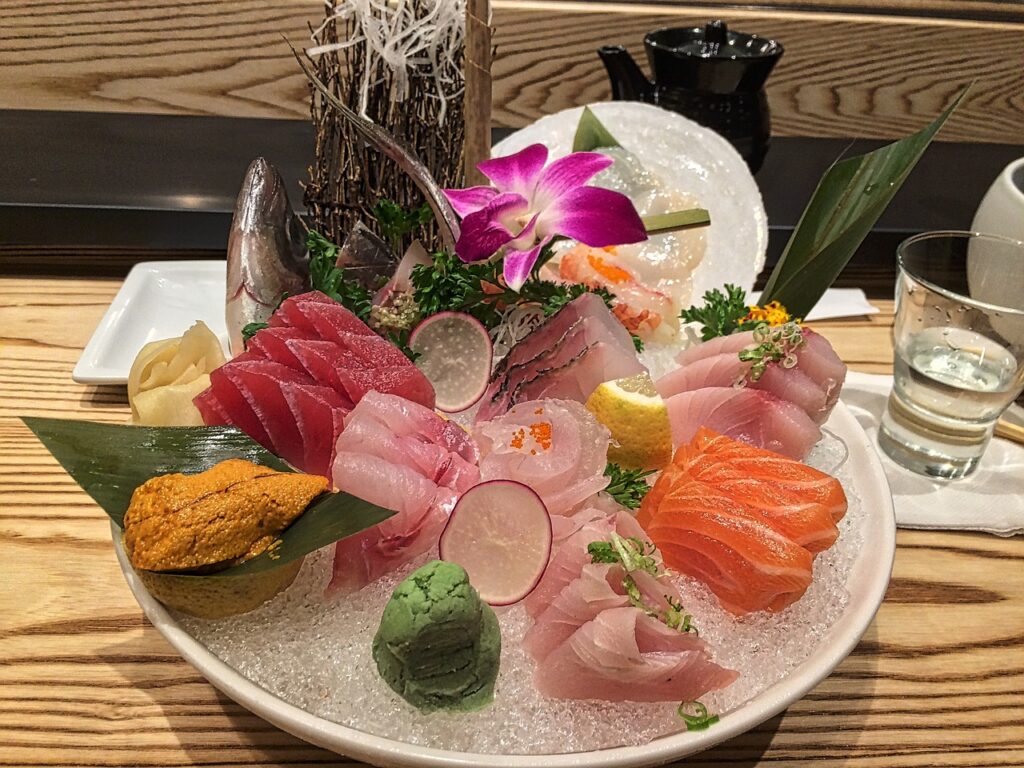
Explaining sake pairing by type! Introducing specific examples and recommended dishes
“When you think about the compatibility between sake and food that makes it even more delicious, it’s surprisingly difficult."
“I’ve heard that wine goes well with the region of origin and local cuisine, but what about sake?"
Many people may have doubts about this. There are many types of sake, and the types of dishes are endless. This time, we will introduce the points of “pairing" that create a synergistic effect by combining the type of sake, such as the taste and aroma, with food, along with specific examples.
I hope that learning about the relationship between sake and food will give you an opportunity to enjoy sake even more on a daily basis.
What is sake pairing?
Sake pairing refers to the compatibility between sake and food.
It is believed that enjoying sake with food not only enhances the appeal of the sake itself, but also makes the food even more delicious. Both sake and food are balanced by a variety of taste stimulation and aroma components.
It is useful to remember the standard pairing rules that create synergistic effects depending on the type of sake.
Recommended pairing for sake is seafood
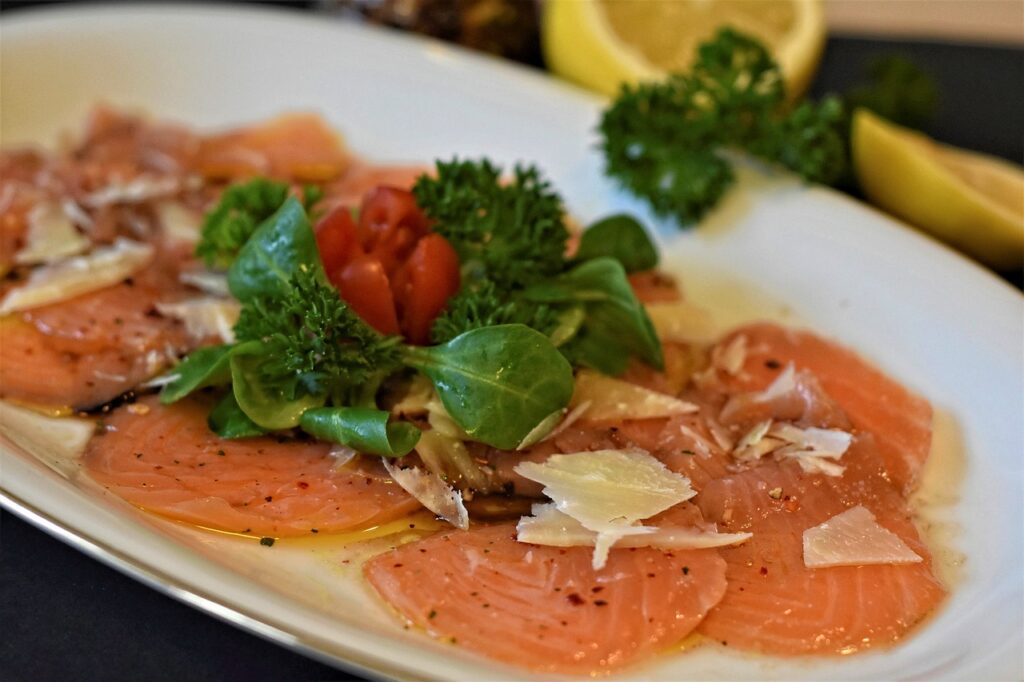
This smoked sake has a bright, fruity aroma and refreshing taste, and is recommended to be paired with light and refreshing dishes such as seafood carpaccio or raw oysters with lemon.
The clear taste makes it perfect as an aperitif or as an introductory drink for sake beginners.
Recommended pairings for mature sake are dishes with strong flavors.
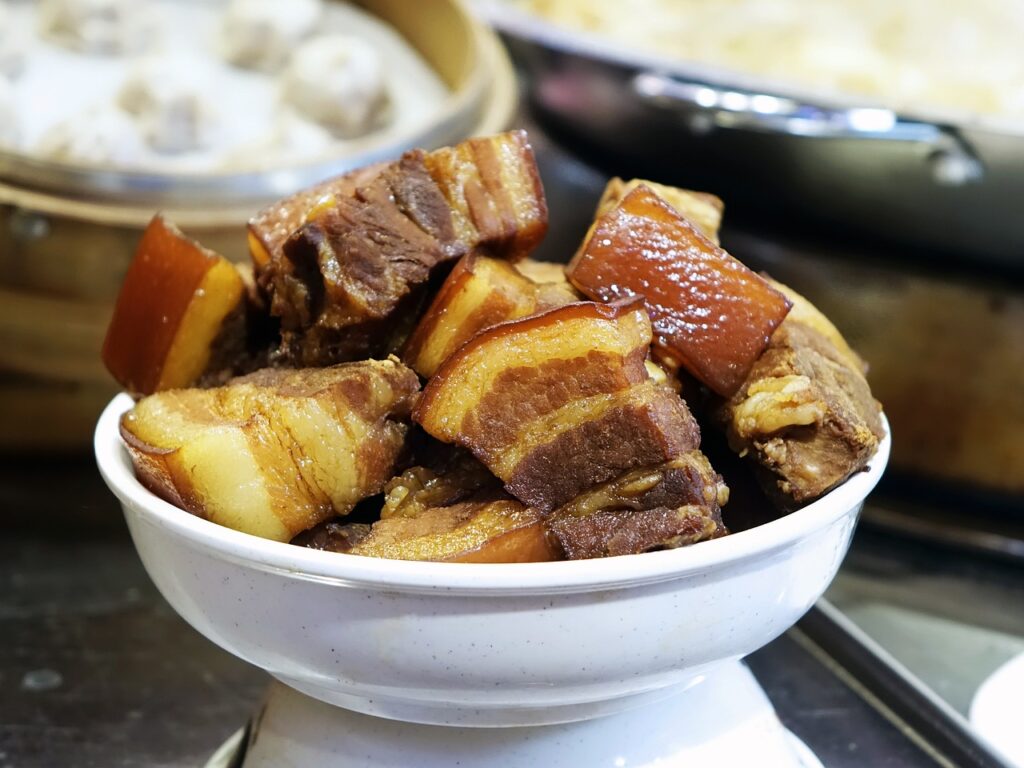
Jukushu, which has a deep aroma and rich body, is recommended to be paired with strong-flavored dishes such as sukiyaki and braised pork.
Jukushu has a unique complex flavor and depth, and goes well with dishes that use a lot of oil.
It also has a strong taste and aroma, so you can enjoy it as an after-dinner drink.
Recommended pairing with sake is salad.
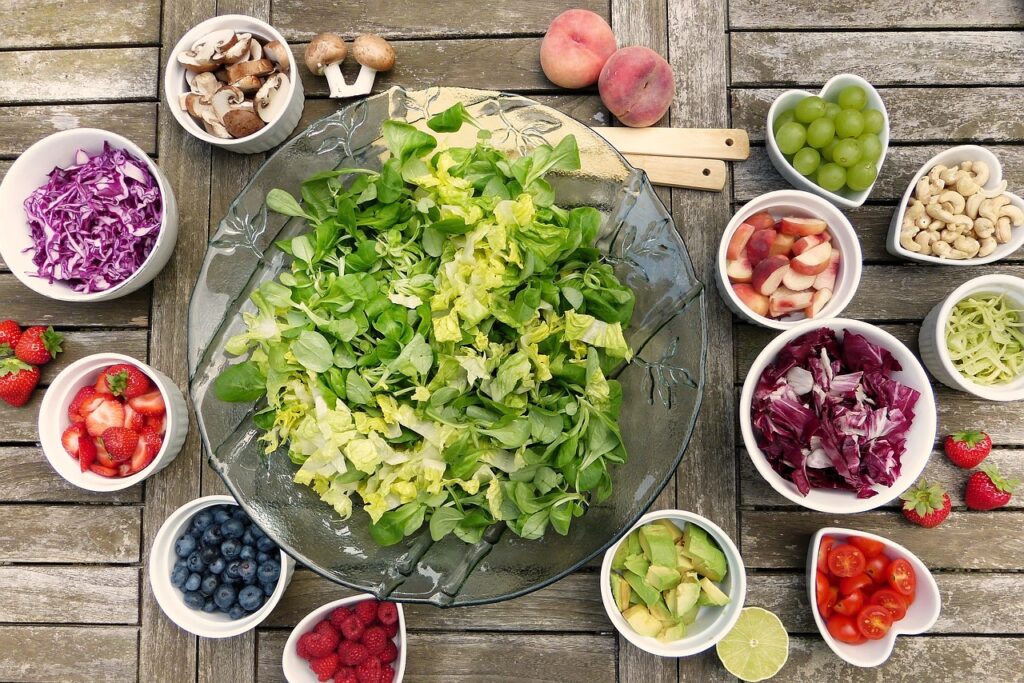
Refreshing sake has a refreshing and light taste, and we recommend pairing it with light and light dishes such as salads and cold tofu.
Its smooth, smooth taste goes well with refreshing, lightly seasoned dishes.
It is also recommended as a palate cleanser for oily dishes.
Recommended pairing with sake is meat dishes

With its strong umami flavor and the rich aroma of rice, we recommend pairing it with rich dishes such as yakitori with sauce or meat and potatoes with butter.
The firm and powerful taste, including the aftertaste, can be said to be typical of Japanese sake.
It’s a type that goes well with a wide variety of dishes, so it’s a good idea to choose sake when you’re in trouble.
Recommended pairing for tanrei dry is salty flavor
Tanrei dry type sake goes well with light dishes that bring out the natural flavor of the ingredients.
Pairing salty food with refreshing sake will create an exquisite balance and create a combination that will enhance your sake.
In particular, grilled fish such as salted fish and salted salmon are standard pairings.
If you want to add soy sauce and wasabi to your sashimi, we recommend the light and dry type.
Tempura dishes are recommended as a light and sweet pairing.
Tanrei type sake often goes well with dishes that are a little oily or have a strong umami flavor, and tanrei sweet type sake is especially perfect for the sweetness of tempura and the umami of tempura.
While it does a good job of washing away the oil from the food, the lingering flavor remains, making you look forward to taking another bite and another bite.
The flavors of the food and sake harmonize and complement each other.
Boiled fish is recommended as a rich and dry pairing.
Rich, strong, and full-bodied sake goes well with dishes with strong flavors.
The rich and dry type is also recommended for dishes that contain a lot of amino acids, which are the umami ingredients.
For example, boiled fish. The umami of boiled fish boiled in soy sauce creates a synergistic effect with the umami of a rich and dry type of sake, bringing out the mellow flavor of each other.
Sukiyaki is recommended as a rich and sweet pairing.
Rich, sweet sake goes well with sweetly seasoned and savory dishes.
For example, sukiyaki is a representative player. Sukiyaki is often eaten with beaten egg.
Sukiyaki, made mild with eggs, is not only sweet but also full of umami.
By pairing it with a rich and sweet sake, it will be the perfect marriage that works together.
We also recommend using cream cheese, which has a voluminous feel, as the flavors complement each other.
How to find your own sake pairings
Once you know your favorite type of sake, you’ll probably be wondering what kind of food it goes well with.
The key to pairing sake with food is not only the ingredients used in the dish, but also the skillful use of seasonings.
Let me introduce an interesting example.
For example, red wine and sashimi. At first glance, the pairing may seem difficult, but in reality, by adding a little red wine to the soy sauce and dipping it into the sashimi, the red wine and sashimi pair together in an interesting way.
If your favorite sake is tanrei dry, just adding a little lemon or sudachi to your dish may bring you closer to your desired match.
Try creating your own pairings using salt, pepper, shichimi chili pepper, miso, tamari soy sauce, butter, etc.
Summary of sake pairings
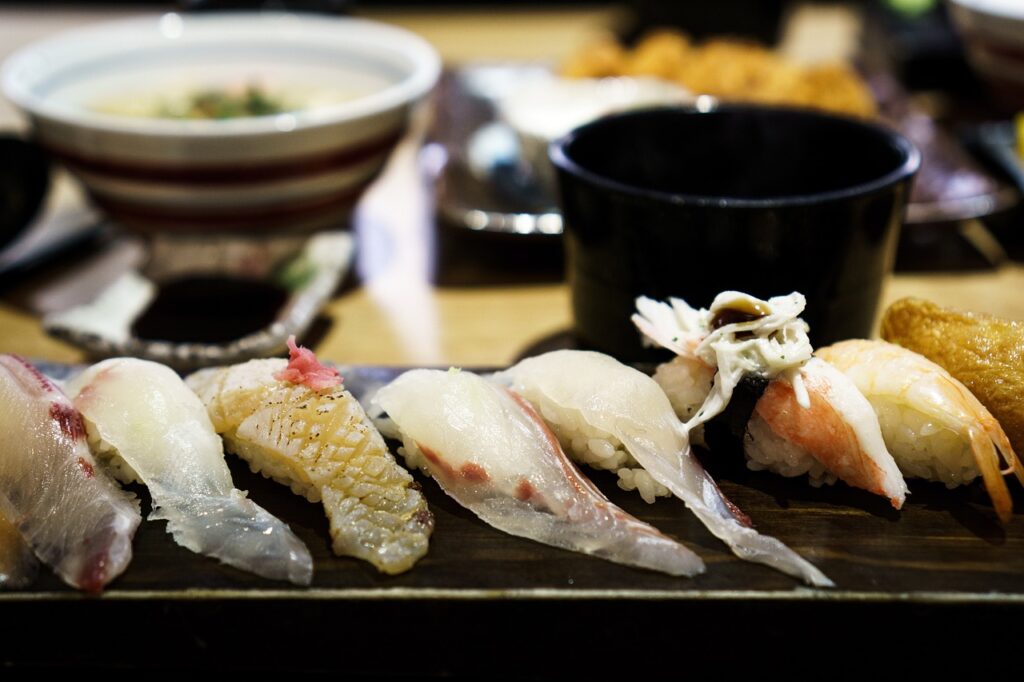
- Light Sake with Appetizers:
- Light sakes such as Junmai and Ginjo go well with appetizers. Enjoy them with dishes like sashimi, vinegared dishes, chilled tofu (hiyayakko), sushi, salads, and sweet and sour dishes.
- Medium-Bodied Sake with Seafood:
- Sakes with a medium body are great with grilled fish, simmered dishes, sushi, sashimi, tempura, and hot pot dishes. Eel (unagi) pairs particularly well with medium-bodied sake.
- Dry Sake with Meat Dishes:
- Dry sake complements meat dishes like barbecue, poultry, fried chicken, kushikatsu (skewered and deep-fried meat), and hot pot. The dryness and acidity of dry sake work well with the richness of meat.
- Sweet Sake with Desserts:
- Sweet sake is perfect for pairing with desserts. Enjoy it with Japanese sweets, fruits, ice cream, custard pudding, cheesecake, and more.
- Aromatic Sake with Spicy Food:
- Sakes with strong aromas like Daiginjo are a good match for spicy dishes such as curry and Chinese cuisine.
Points to consider when pairing sake with food:
- Sake Temperature: Sake can be enjoyed at various temperatures, including cold, lukewarm (40-45°C), and warm (50-55°C). Adjust the temperature to match the dish you’re serving.
- Sake Varieties: There are different types of sake, including Junmai, Ginjo, Daiginjo, Junmai Ginjo, and more. Consider the characteristics of each sake when pairing it with food.
- Personal Preference: Ultimately, your own taste preferences are the most important. Don’t be afraid to experiment and find combinations that suit your palate.
Pairing sake with food is best discovered through trial and error. Try various sakes with different dishes to find the combinations that you enjoy the most.
